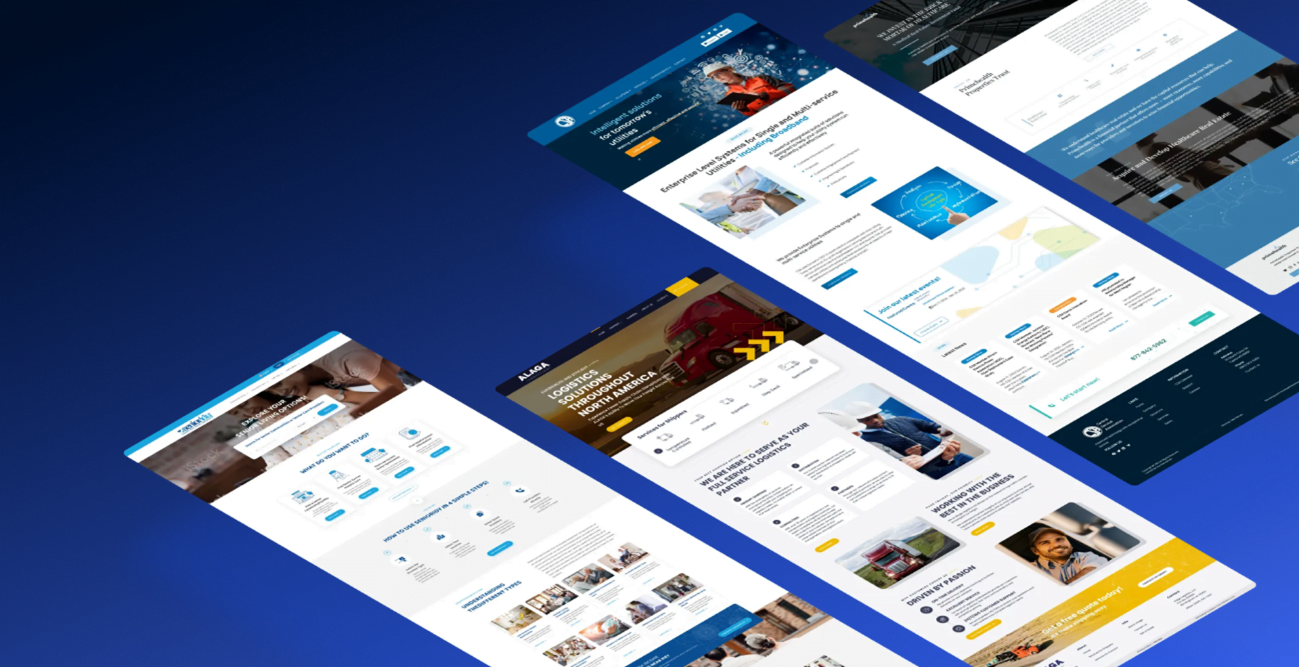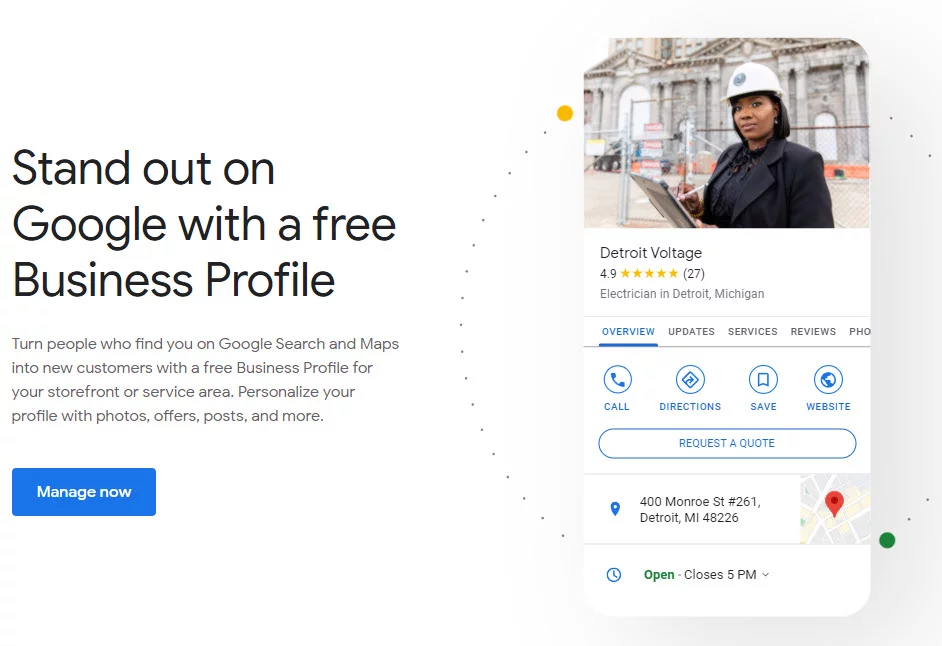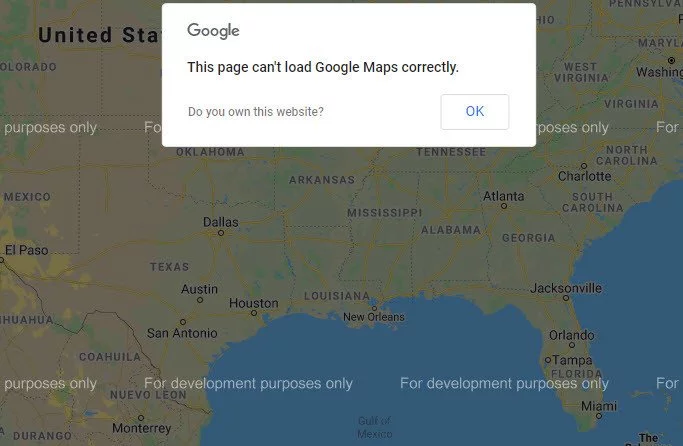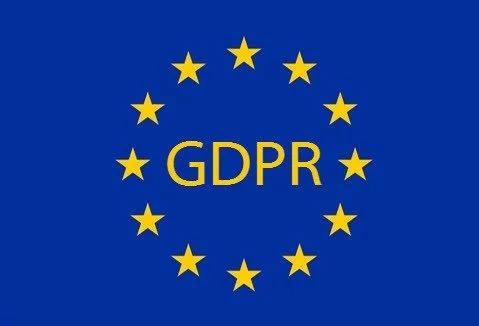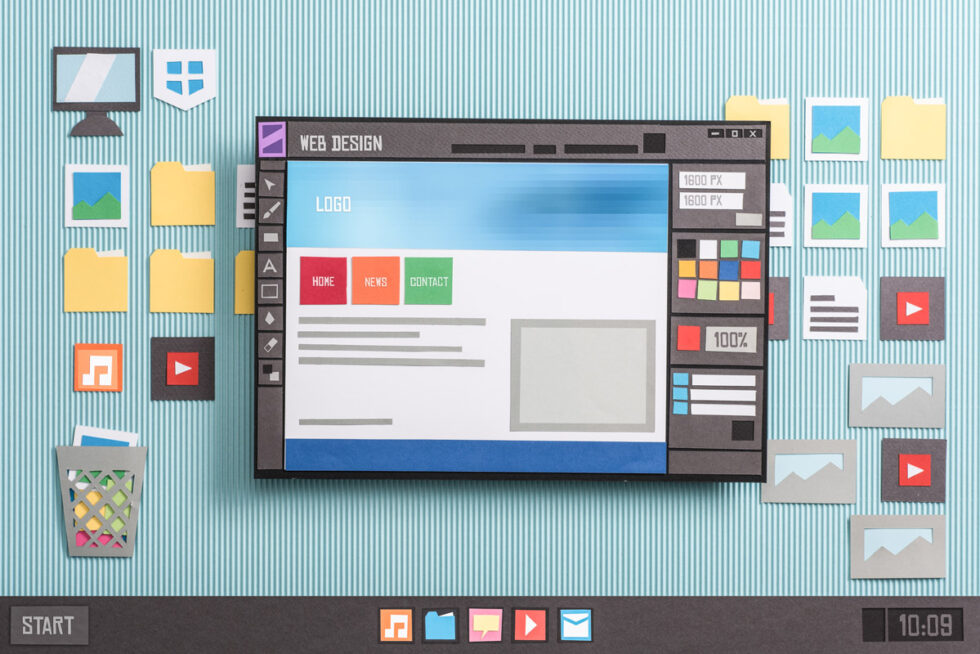The Mobile Revolution in Utility Services: Building Digital Bridges to Customers

Moore Tech Solutions has had the opportunity to develop numerous websites for utilities and utility associations across the country. Drawing from this extensive experience, we offer insights into the critical importance of mobile-centric design for today’s utility providers.
In an era where smartphones have become extensions of ourselves, the statistics speak volumes: over 60% of all website traffic now originates from mobile devices. For utility companies providing essential services, this shift represents both a challenge and an opportunity to fundamentally transform how they connect with their communities.
The Mobile Imperative for Utility Providers
The relationship between customers and their utility services is uniquely critical. Unlike discretionary purchases, utility services form the foundation of daily life – powering homes, providing water, and maintaining connectivity. When emergencies arise or services need attention, customers instinctively reach for the nearest device: their smartphone.
This reality becomes particularly acute during service disruptions. Picture a customer during a power outage, anxiously attempting to report the problem using a phone with rapidly diminishing battery life. Or consider a parent juggling family responsibilities while trying to complete a payment before a deadline. These scenarios demand digital experiences that work flawlessly on mobile devices.
Core Components of Mobile-Optimized Utility Websites
Intuitive Priority-Based Navigation
Successful mobile design for utilities requires identifying and elevating the most essential customer journeys. This means creating prominent, finger-friendly touchpoints for critical actions like payment processing, outage notifications, and account management. The goal: minimizing the customer’s path to completion through thoughtful navigation hierarchies that reflect real usage patterns.
Speed and Reliability
Emergency situations demand immediate access. Mobile-optimized utility websites must deliver exceptional performance even under challenging network conditions. This requires technical optimization through compressed imagery, efficient code structures, and strategic content delivery methods that ensure accessibility when customers need information most.
Mobile-Friendly Interactive Elements
The beating heart of any utility website consists of its interactive components – from service applications to issue reporting mechanisms. Mobile excellence demands forms that use device-appropriate input methods, break complex processes into digestible segments, and validate information intelligently to prevent user frustration.
Leveraging Device Capabilities
Modern smartphones offer capabilities that desktop experiences cannot match. Forward-thinking utility websites harness GPS functionality to enhance service maps, streamline location-based reporting, and guide customers to nearby physical service locations when needed.
Typography and Visual Clarity
Utility communications often contain critical numerical information and technical details. Mobile design excellence requires careful attention to text presentation, ensuring comfortable readability without zooming through appropriate sizing (16px minimum) and strong visual contrast that works across lighting conditions.
Measurable Business Outcomes

Utilities that embrace mobile-centric design strategies consistently report significant operational benefits:
- Substantial reduction in support call volumes as digital self-service succeeds
- Markedly higher customer satisfaction metrics
- Improved payment timeliness through frictionless mobile payment options
- Enhanced incident reporting speed enabling faster operational response
Strategic Implementation Approach
Developing an effective mobile strategy begins with data-driven insights. Analyzing existing user behaviors reveals which digital touchpoints experience highest mobile engagement and identifies friction points requiring immediate attention.
The most successful implementations follow a “mobile-first, progressive enhancement” methodology. This approach establishes core functionality for mobile users first, then thoughtfully expands capabilities for larger screens – ensuring universal accessibility while leveraging the unique advantages of each format.
Looking Forward

Creating excellent mobile experiences for utility customers represents more than technological adaptation – it demonstrates organizational commitment to meeting customer needs wherever they arise. As smartphone usage continues its upward trajectory, utilities that prioritize mobile excellence will generate measurable returns through increased customer loyalty, operational efficiency, and strengthened community relationships.
Whether your customers access your services from the comfort of their homes or during stressful emergency situations with limited connectivity, a thoughtfully designed mobile experience communicates that your organization understands their needs and values their time. In an industry built on reliability, your digital presence should reflect the same unwavering dependability as the essential services you provide.














